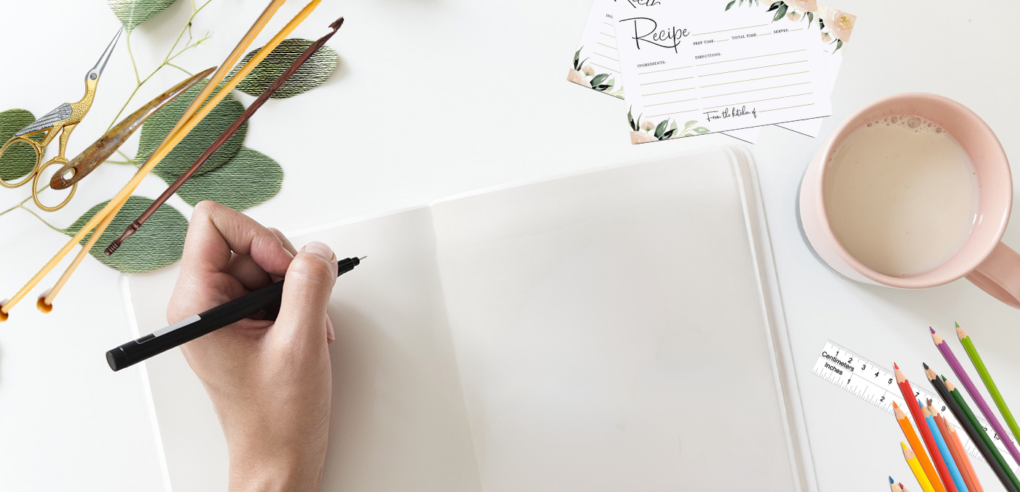
Tunisian crochet: aka Afghan Stitch and tricot écossais (Scottish knitting)
A fun alternative to regular crochet that is easy to learn and creates a dense fabric that can be used in various ways. Because it is similar to knitting, it can often be an easier transition to crochet for knitters.
In order to do Tunisian crochet, you will require a special hook known as an afghan hook. It is long like a knitting needle but has a hook on either one end or both ends. There are also longer hooks that have a wire (usually plastic) between two crochet hooks. These are used for large projects such as afghans and jackets.
The Fabric
Tunisian crochet produces a denser fabric than regular crochet. It resembles woven or knitted fabric, depending on the types of stitches used.
The Technique
Tunisian crochet is similar to knitting in that your stitches are picked up and held on the hook. They are then crocheted off the hook on your return pass.
One row consists of two parts: picking up the stitches, then completing the return pass to remove them. I count these two steps as one row, but some designers count them as two rows, so pay attention when reading patterns.
There is a wrong side (WS) and a right side (RS) in Tunisian crochet. The right side shows the texture you are creating with the stitches you chose to work. The wrong side resembles the purl side of a knitted project done in stocking stitch.
Troubleshooting Oddities in your work:
Curling:
Unfortunately, Tunisian crochet fabric tends to curl. However, there are a few things that you can try to help with that.
- You can leave it as is. Let the curl even out while assembling the project. The curl usually disappears after the project has been washed and dried.
- You can work a denser stitch to add a few rows to the beginning of your piece or alter a few stitches at the end of each row. Doing so would create a denser fabric along the edges. Doing either of these can work for some projects, but it will alter the pattern and appearance.
- Add a border to your project once it is complete. This is more common with afghans and blankets.
- A slip stitch border around your piece can sometimes be effective.
- A better method to correct curling is to block your fabric. Doing so may help decrease or eliminate the amount of curl in your fabric. It will also shape it. Making it is nice and neat when it comes time to put your project together.
Lost Stitches:
- Be sure you insert your hook correctly for the type of stitch you are making.
- Don’t forget to work the last stitch of each row.
- Only pull through one loop on the first stitch of your return pass unless you are purposely decreasing at the end of your piece.
- Count the number of loops while working.
Slanted Work:
Make sure you follow the instructions for the stitch you are using correctly. For example, inserting your hook into the wrong place or not picking up your stitch at the front of your work can cause the piece to slant because the stitching is no longer aligned.
Why is my piece so short??
You’ve checked your hook, yarn, and gauge. They are all correct, but your piece is too short.
This can happen when your loops are too tight around your hook. You can avoid this by ensuring that your hook always sits at the top of your fabric. When you let it hang loosely over the previous row(s), the loops can tighten. This can change your gauge and increase the density of your fabric.
